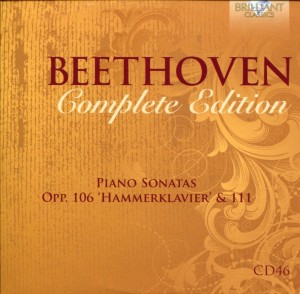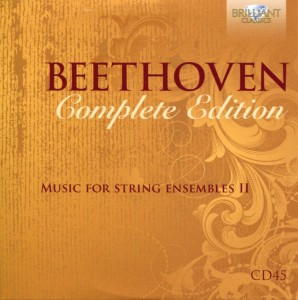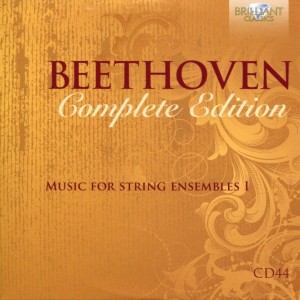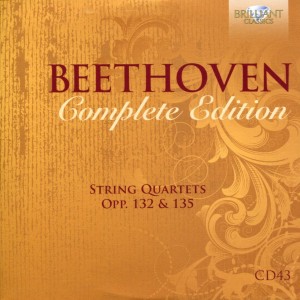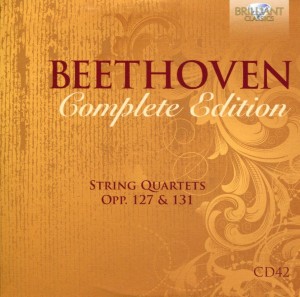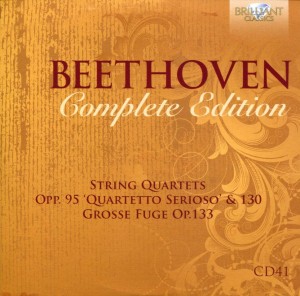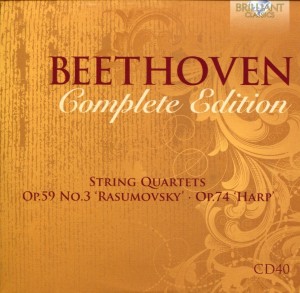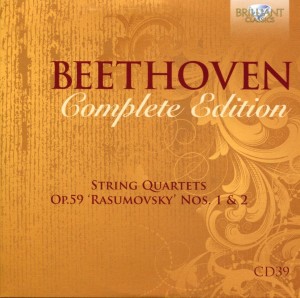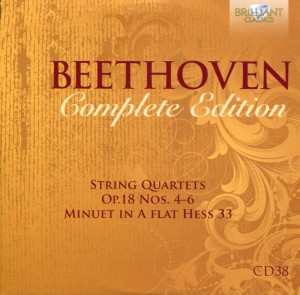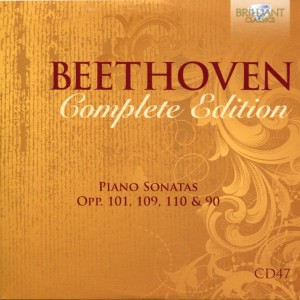 More exquisite Alfred Brendel performances.
More exquisite Alfred Brendel performances.
More gorgeous Beethoven Piano Sonatas.
Beethoven’s symphonies notwithstanding (which I revere above all), I enjoy his piano sonatas more than all of his other compositions – combined.
Solo piano, especially in the hands of someone as gifted as Alfred Brendel, is almost always magic to my ears.
But these Beethoven piano sonatas are especially wondrous.
And so is this recording, which was made in 1962-64. Yet, it sounds as fresh as if it were performed yesterday.
Here’s what I was privileged to hear today:
Piano Sonata No. 28 in A Op. 101
From its entry on Wiki:
Ludwig van Beethoven’s Piano Sonata No. 28 in A major, Op. 101, was written in 1816 and was dedicated to the pianist Baroness Dorothea Ertmann. This piano sonata runs for about 20 minutes and consists of four movements:
The Piano Sonata No. 28, Op. 101 is the first of the series of Beethoven’s “Late Period” sonatas, when his music moved in a new direction toward a more personal, more intimate, sometimes even an introspective, realm of freedom and fantasy. In this period he had achieved a complete mastery of form, texture and tonality and was subverting the very conventions he had mastered to create works of remarkable profundity and beauty.[citation needed] It is also characteristic of these late works to incorporate contrapuntal techniques (e.g. canon and fugue) into the sonata form.
Beethoven was 46 when this was composed.
Piano Sonata No. 30 in E Op. 109
From its entry on Wikipedia:
Ludwig van Beethoven’s Piano Sonata No. 30 in E major, Op. 109, composed in 1820, is the antepenultimate of his piano sonatas. In it, after the huge Hammerklavier sonata, Op. 106, Beethoven returns to a smaller scale and a more intimate character. It is dedicated to Maximiliane Brentano, the daughter of Beethoven’s long-standing friend Antonie Brentano, for whom Beethoven had already composed the short piano trio in B flat major WoO 39 in 1812. Musically, the work is characterised by a free and original approach to the traditional sonata form. Its focus is the third movement, a set of variations that interpret its theme in a wide variety of individual ways.
No. 30 Op. 109 nearly brings tears to my eyes, especially the plaintive Movement III (“Tema con variazioni”).
But Movement I (“Vivace ma non troppo – Adagio espressivo”) is just plain Continue reading

